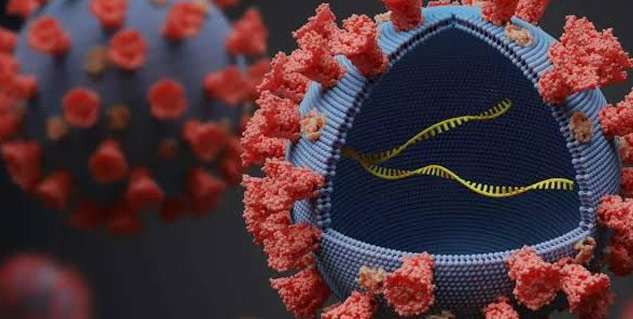
The World Health Organization (WHO) has said that it is monitoring many Covid variant Omicron sublineages, including BA.1, BA.1.1, BA.2, and BA.3. The global body is also looking at real data to know if these Omicron subvariants are causing "more severe infection" in hamsters under the experimental studies. Maria Van Kerkhove, WHO's top infectious disease expert, said, "I would like to reiterate that Omicron is a variant of concern and we are tracking Omicron in several sublineages. The most prominent ones that are detected worldwide are BA.1, BA.1.1 and BA.2. There's also BA.3 and other sublineages as well."
According to Kerkhove, the WHO is also looking into every individual's severity of symptoms. "And are we seeing any differences in severity at a population level in terms of increased risk of hospitalisation of people who were infected with BA.2 compared to BA.1? And what this evaluated from several countries is that we are not seeing a difference in the severity of BA.1 compared to BA.2," she further added. The severe symptoms of a variant of Coronavirus on the human body depends on how the host body is reacting to the infection. Omicron is considered to be a milder variant of COVID-19 considering all the variants which have been detected till now.

Also read: WHO Warns: Omicron Can Change Feeling Of Safety Any Moment
Omicron has Pango lineage B.1.1.529 and descendent Pango lineages BA.1, BA.1.1, BA.2 and BA.3, according to the information provided by WHO. As per a research study published on January 18, 2022 in the Journal of Medical Virology, it has been confirmed that there was a presence of BA.3 sub lineage. "Our study found that there were no specific mutations for the BA.3 lineage in spike protein. Instead, it is a combination of mutations in BA.1 and BA.2 spike proteins," the study says.
The study also concluded that BA.3 sub lineage was firstly detected in north west of South Africa. According to the study as of January 11, 2022 of the total genome sequences given to the GISAID database, only 0.013% were of BA.3 Omicron subvariant and the highest percentage was of BA.1. The study also found that there were lesser mutations in BA.3 than BA.1 and has doubts that loss of mutations can be a factor why BA.3 has less number of infections. BA.3 has been named as the less-prevalent lineage of Omicron variant by several research studies.
Also watch this video
How we keep this article up to date:
We work with experts and keep a close eye on the latest in health and wellness. Whenever there is a new research or helpful information, we update our articles with accurate and useful advice.
Current Version